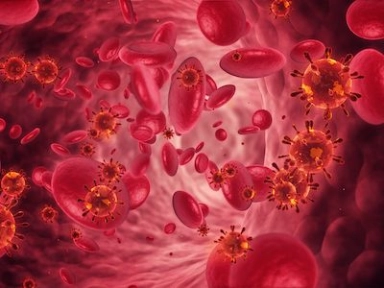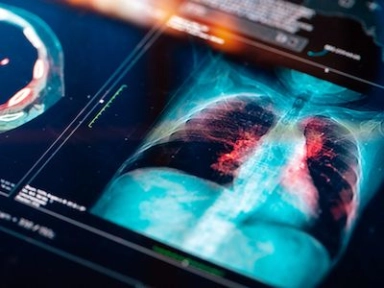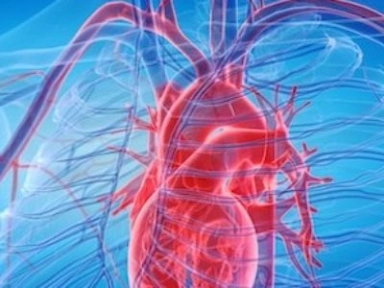{
event: "article_read",
name: `Risk factors of lower extremity DVT in patients undergone gynecological laparoscopic surgery`,
author: ``,
tags: `Thrombosis`,
publication_date: ``,
interaction_type: "content"
}
Risk factors of lower extremity DVT in patients undergone gynecological laparoscopic surgery
The authors concluded that among patients who had undergone gynecological laparoscopic surgery, the incidence of postoperative deep vein thrombosis (DVT) was high, and that this incidence can be reduced by targeting high-risk factors.
Key Takeaway
- After gynecological laparoscopic surgery:
- Incidence of DVT among patients was 11.55%.
- Independent risk factors of DVT: Age >50 years, hypertension, D-dimer >0.5 mg/L, duration of surgery≥60 min, intraoperative pneumoperitoneum pressure≥15 mm Hg, and duration of days in bed >3 days.
- Clinical management of these high-risk factors should be strengthened to reduce DVT incidence.
Why This Matters
- DVT of the lower extremities continues to be one of the common complications of gynecological surgery.
- Therefore, it is essential to understand the risk factors of DVT after gynecological laparoscopic surgery, to guide early prevention and treatment of DVT in clinical settings, and to reduce DVT occurrence after surgery.
- This study analyzed relevant clinical data of patients who had undergone gynecological laparoscopic surgery and explored the related factors of postoperative DVT.
Study Design
- The study enrolled patients who underwent gynecological laparoscopic surgery from January 1, 2018, to May 31, 2020.
- Inclusion criteria: Patients who (1) underwent gynecological laparoscopic surgery for the first time; (2) underwent venous color ultrasound to detect DVT pre- and post-operatively; (3) were not using contraceptives or other hormonal drugs, or drugs possibly affecting blood clotting function before surgery; and (4) were well informed and agreed to participate in the study
- Exclusion criteria: Patients who (1) underwent traditional gynecological open surgery; (2) were receiving drugs for anticoagulation before surgery; (3) had diseases involving abnormal blood coagulation function, such as hemophilia and leukemia; and (4) were not willing to participate in the study
- The criteria for diagnosing DVT were as follows:
- Clinical characteristics: Postoperative pain, numbness, swelling, and limited mobility of the affected side of the lower limb
- Signs: Larger circumference of the lower limb of the affected side than that of the healthy side, as well as a positive Homans sign
- Auxiliary examination: Substantial echo in the venous cavity as observed using color Doppler ultrasound venous examination of the lower extremities
Key Results
- In total, 355 patients who underwent gynecological laparoscopic surgery were included. Of these, 41 patients developed DVT (DVT group, incidence: 11.55%); 314 patients were included in the non-DVT group.
- Patient characteristics:
- The DVT and non-DVT groups demonstrated significant differences with regard to age, hypertension, D-dimer, duration of surgery, intraoperative pneumoperitoneum pressure, duration of days in bed (all P <0.05).
- In contrast, the two groups did not differ significantly with regard to body mass index, diabetes, hyperlipidemia, American Association of Anesthesiologists classification, and intraoperative blood transfusion (all P >0.05).
- Independent risk factors of DVT in patients who had undergone gynecological laparoscopic surgery:
- Age >50 years: Odds ratio [OR] = 4.246, 95% confidence interval [CI]: 1.234–7.114; P = 0.012
- Hypertension: OR = 2.219, 95% CI: 1.153–4.591; P = 0.028
- D-dimer >0.5 mg/L: OR = 3.914, 95% CI: 1.083–5.229; P = 0.008
- Duration of surgery 60 min: OR = 2.542, 95% CI: 1.101–4.723; P = 0.031
- Intraoperative pneumoperitoneum pressure 15 mmHg: OR = 3.845, 95% CI: 1.119–5.218; P = 0.022
- Duration of days in bed >3 days: OR = 1.566, 95% CI: 1.182–1.994; P = 0.037
Limitations
- The sample size of cases selected in this study was small.
- This was a single-center study.
- Tian Q and Li M. Risk factors of deep vein thrombosis of lower extremity in patients undergone gynecological laparoscopic surgery: what should we care. BMC Womens Health. 2021;21(1):130. doi: 10.1186/s12905-021-01276-7. PMID: 33771148.
Related articles
MAT-BH-2100982/v2/Jun 2023




